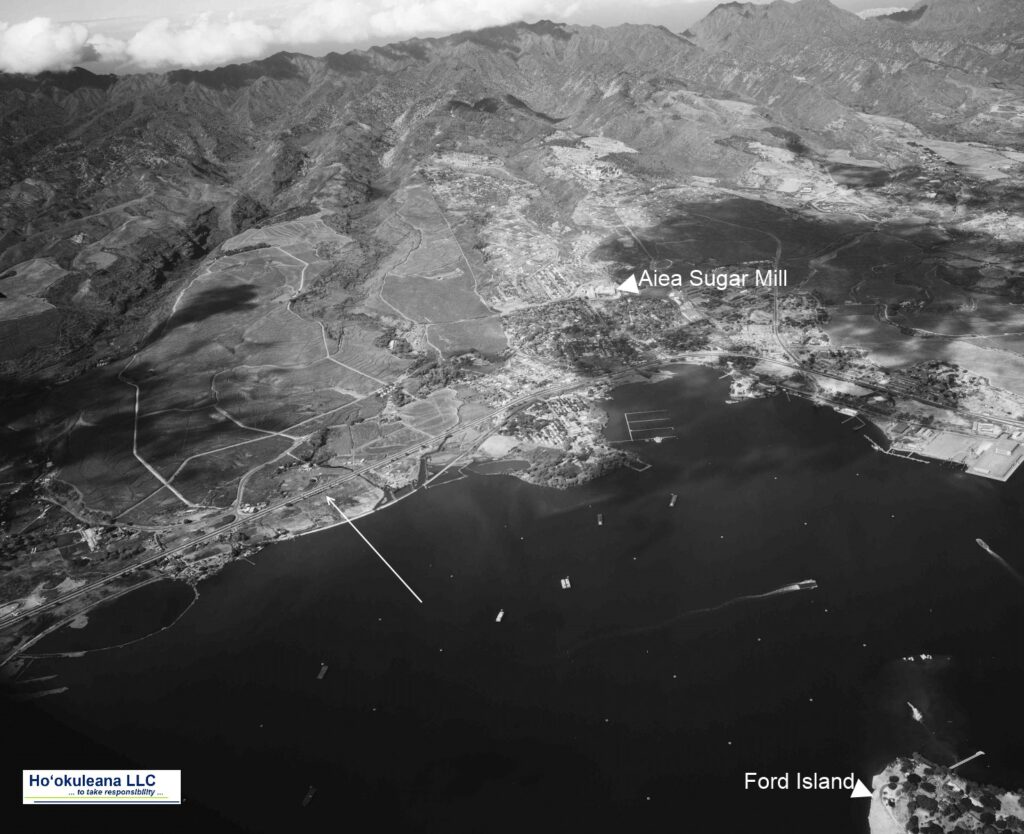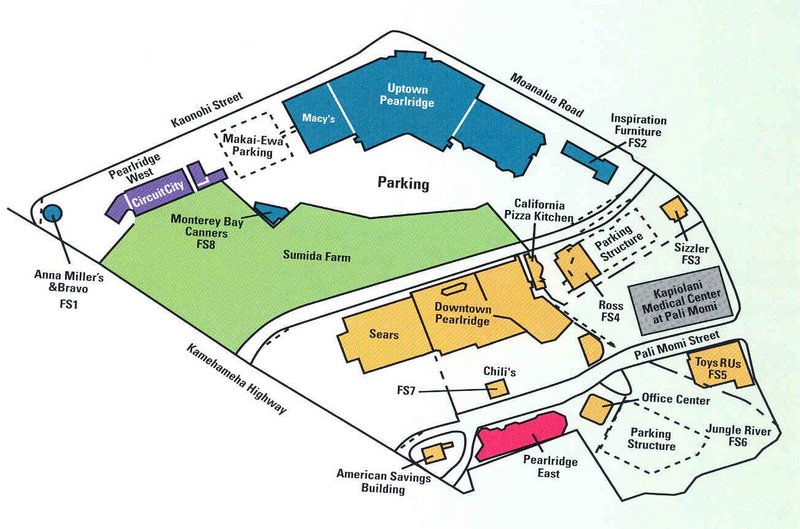Mataio Kekūanāoʻa (1793–1868) and Kīnaʻu (1805-1839) each served as Kuhina Nui, a position generally described as “Prime Minister,” “Premier” and “Regent.” They were each born of chiefs; Kekūanāoʻa was son of an Oʻahu chief; Kīnaʻu was the daughter of Kamehameha I.
They were also husband and wife.
They had five children: four boys, David Kamehameha (1828–1835), Moses Kekūāiwa (1829-1848,) Lot Kapuāiwa (1830–1872,) Alexander Liholiho (1834–1863,) and a girl, Victoria Kamāmalu (1838–1866.)
Consistent with custom, each of the sons were hānai (adopted) to other families – David by Kaʻahumanu, Moses by Kaikioʻewa, Lot by Nahiʻenaʻena, and Alexander by Kauikeaouli. (Luomala)
When Kīna‘u’s last child, Victoria Kamāmalu, was born she refused her maternal uncle Kuakini’s request to take the child to the island of Hawaiʻi to rear. Defying custom, she herself nursed her and her adopted daughter Pauahi (but made John Papa ʻĪ‘ī and his wife Sarai her child’s kahu.) (Luomala)
We hear a lot about two of Kekūanāo’a and Kīnaʻu’s sons – Alexander Liholiho became Kamehameha IV and Lot Kapuāiwa became Kamehameha V (daughter Victoria Kamāmalu became Kuhina Nui, like her parents.)
We do not often hear about David Kamehameha.
Some suggest David’s birth had helped reconcile differences between Ka‘ahumanu and Kīnaʻu.
It was the wish of Kamehameha the Great that Kīnaʻu and Kamāmalu, his daughters by Kaheiheimalie, marry his sons by Keōpūolani, the highest ranking chief of the ruling family in the kingdom during her lifetime, to continue his line.
Kamāmalu became the wife of Liholiho (Kamehameha II.) Kīnaʻu had refused to marry Kauikeaouli (Kamehameha III.) (Luomala)
When Kīnaʻu and Kekūanāoʻa were married, Kaʻahumanu was furious; “she ground her teeth and spit fire. … It was not until Kīnaʻu became pregnant with her first child that Kaʻahumanu became reconciled to what had taken place.” (Kamakau)
As was the custom, the child was hānai (adopted) by others. Pukui, emphasizing the permanency of the hānai relationship, has stated that a child “is the hānai of his permanent, adoptive parents” and the relationship is as permanent as that in modern legal adoption. (Luomala)
At his birth (May 20, 1828,) Kīnaʻu presented her first-born, Prince David Kamehameha, to Kaʻahumanu, “a boy fine enough for any mother not of the seed royal to glory in.” (Judd)
A second grandchild whom Kaʻahumanu had charge of at this time was Princess Ruth Keʻelikōlani. (Kamakau)
Kaʻahumanu clashed with Boki (Governor of Oʻahu.)
“He (Boki) accused Kaʻahumanu of appropriating to herself the private estate of the young king (Kauikeaouli – Kamehameha III) so that he could have no land, and of reviling him by calling him a servant of David Kamehameha and of Ruth, the daughter of Kekūanāoʻa and Pauahi, who had been one of the wives of Liholiho. But these slanders recoiled on the governor, whose folly and wickedness contrasted strongly with the prudence and inoffensiveness of the queen regent.” (Bingham)
When Kaʻahumanu received word that Boki may try to kill her, Kaʻahumanu said, “I do not fear death planned by this son of ours, but he will have to (come) himself to kill me and these grandchildren of mine who will stay by me.” (These were David Kamehameha and Ruth Keʻelikōlani.) (Boki later gave up the idea of killing Kaʻahumanu.) (Kamakau)
When David was four, in 1832, Kaʻahumanu died at her house in Mānoa Valley, and afterwards, David was raised by Kekāuluohi (Kīnaʻu’s half sister, who became Kuhina Nui of Hawaiʻi on April, 5, 1839 and took the name Kaʻahumanu III.)
Hiram Bingham noted David Kamehameha was “the favorite little son of Kekāuluohi;” although it is likely Kīnaʻu still had a hand in his upbringing.
Kekāuluohi joined Kawaiahaʻo Church on March 2, 1828 the third occasion in the history of the church on which members were received into it, and Kīnaʻu on March 7, 1830. These chiefesses were of the same firmness of character as Kaʻahumanu, and their husbands took a similar stand. They too were like parents to the people. (Kamakau)
Prince David Kamehameha died of unknown causes at the age of seven, December 15, 1835. He was buried at Pohukaina on what is now the ʻIolani Palace grounds and was later transported and buried at the Mauna ʻAla Royal Mausoleum.
On November 16, 1836, High Chief Kahana Kapaʻahea and the High Chiefess Analeʻa Keohokālole had their third son, David Kalākaua; it has been suggested that he was named in honor of David Kamehameha.


























